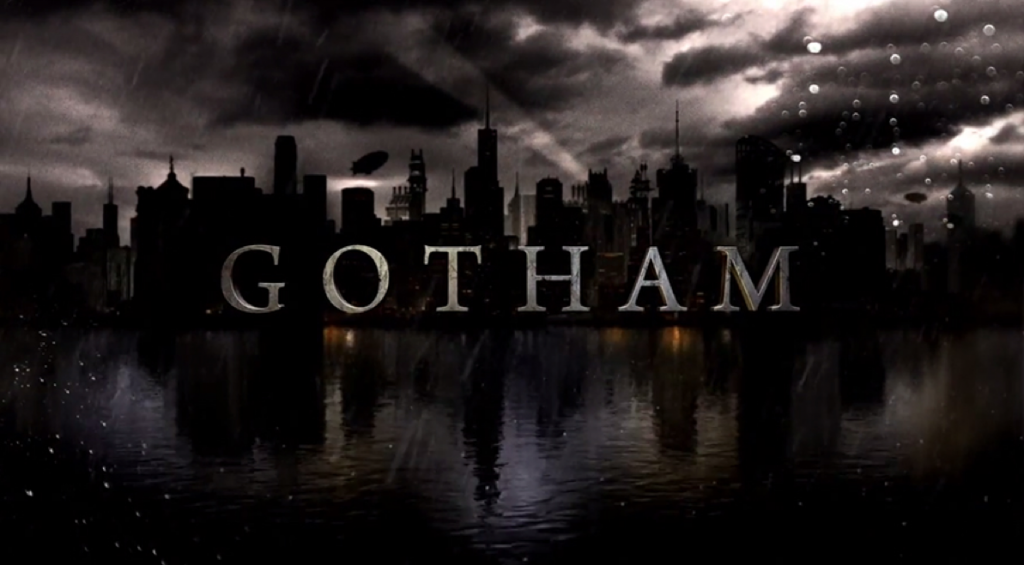Why do people love prequels? Is it the allure of watching the characters you know so well develop psychologically? Perhaps it’s because everyone is younger and—usually—better looking? In the case of Gotham, maybe it’s both.
Gotham, which premiered on Sept. 22, was created by Bruno Heller and begins with the immortal scene of the Wayne family exiting an opera and walking through an alley before Thomas and Martha Wayne are murdered, leaving Bruce as an orphan. From there, the story shifts to a young Jim Gordon (Benjamin McKenzie), navigating the corruption of both Gotham’s criminals and its police department.
While the show centres on Gordon’s quiet rebellion against the corrupt police system as well as the mystery behind the Waynes’ killer, it also takes time to develop the background of numerous villains central to the Batman franchise. In the pilot, we see a teenage Catwoman stalking the streets of Chinatown, a young Poison Ivy cowering behind a plant from her abusive father, and a particular police officer with an affinity toward crafting riddles. Yet sometimes, it seems as though the writers are just trying too hard to put name recognition to faces. In one scene, a group of Carmine Falcone’s mobster cronies are beating up a man who owes them money when one of them says “hey take it easy pen-guin.” It’s about as subtle as having a cartoon penguin and a flashing arrow pop up on screen.
Unsurprisingly, Gotham is already being heavily compared to Agents of S.H.I.E.L.D. as part of the larger DC vs. Marvel real-life saga. Whereas Agents of S.H.I.E.L.D. is a twisting sci-fi adventure, Gotham is more of an alternative to the typical television crime drama, and for that it may have more staying power. It’s enough of an original concept to make it an interesting watch, yet has a mainstream appeal that could attract a large audience.
Batman’s realism has always differed from its Marvel counterparts. Gotham City is based in New York, and elements of the organized crime ring that controls the city have real-life connotations, allowing Batman and his enemies to feel a bit familiar despite their crazy names and costumes. The largest drawback from this overall sense of realism is the large number of anachronisms. Following the typical story line of Bruce Wayne’s life as established by the comics, it would make sense for the show to be set in the ‘80s, around the time of Bruce Wayne’s childhood. Yet half the characters are walking around with bulky flip phones circa 2002, while the villains all drive cars that appear to be from the ‘70s. This lack of an exact time period just doesn’t work for the show and takes away a big chunk of that realistic feel that Gotham seems to be going for.
Overall, the pilot provides potential for Gotham to take a number of fascinating roads, allowing for vast intrigue and extrapolation among viewers. The big question that remains is how closely the creators will follow the comics, an uncertainty that will keep long-term Batman fans just as engrossed and on-edge as those new to the series.








